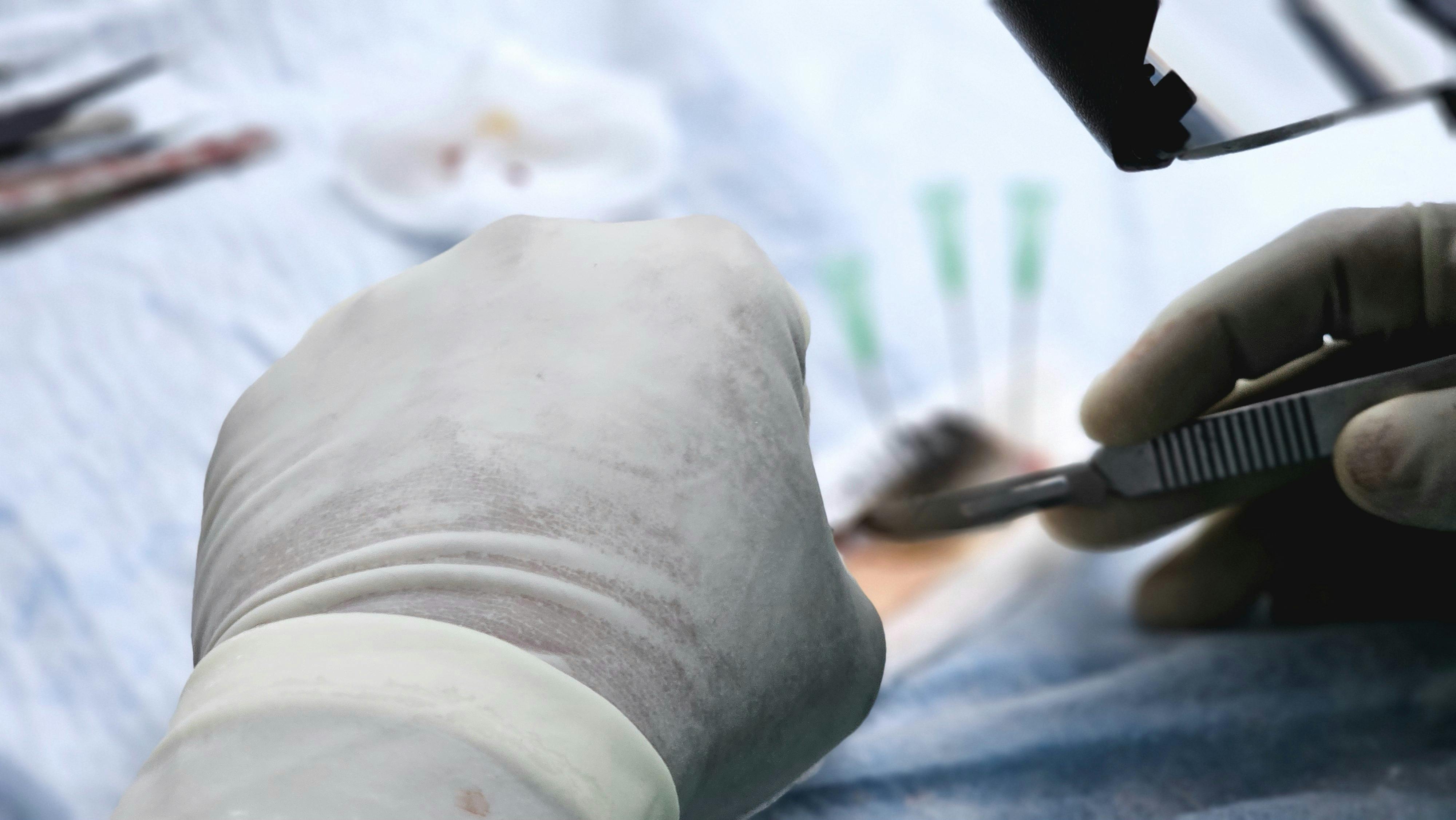Unveiling the Science and Benefits of Hair Transplantation
Hair loss is a woe that has afflicted humanity for centuries, often leading to embarrassment and loss of confidence in those affected. With the advent of modern medical technology, hair transplantation emerged as a viable solution for this age-old problem. This article delves into the science behind hair transplantation, its evolution over time, the current trends, and the psychological impacts on those who have undergone the procedure.

Understanding Hair Transplantation: A Brief Overview
Hair transplantation is a surgical procedure that involves the transfer of hair follicles from a region with dense hair growth, known as the ‘donor site’, to a bald or balding part of the body, typically the scalp. This procedure was first performed in the 1950s and has evolved significantly since then. The primary goal of hair transplantation is to restore the natural hairline and density, thereby enhancing the overall aesthetic appeal.
The Evolution of Hair Transplantation Techniques
The first successful hair transplant was conducted in Japan in the late 1930s using single scalp hairs. However, it wasn’t until the 1950s in the United States that the procedure gained popularity, with larger grafts being used for the transplantation.
The technique of using larger grafts, termed as ‘plugs’, dominated the field of hair transplantation until the 1980s. These plugs, which often contained 15-20 hair follicles, resulted in an unnatural ‘dolls hair’ appearance. The 1980s saw the emergence of the mini-micrografting technique, which involved the use of smaller grafts for a more natural look.
The 1990s heralded a revolution in the field with the advent of the Follicular Unit Transplantation (FUT) technique. This approach involves transplanting individual follicular units, each containing 1-4 hair follicles, thereby ensuring a highly natural and undetectable result. In recent years, the Follicular Unit Extraction (FUE) technique has gained popularity. Unlike FUT, which involves removing a strip of the scalp, FUE involves the direct extraction of individual follicular units, thereby reducing scarring and recovery time.
Current Trends in Hair Transplantation
While FUT and FUE remain the primary techniques used in hair transplantation, advancements in technology have led to the introduction of robotic systems in the procedure. The ARTAS Robotic Hair Transplant system, for instance, uses advanced algorithms to identify and extract optimal hair follicles for transplantation.
Additionally, there is a growing trend towards the use of adjunctive treatments such as Platelet-Rich Plasma (PRP) and Low-Level Laser Therapy (LLLT) to enhance the results of hair transplantation. These treatments, which are aimed at stimulating hair growth, are often used in conjunction with hair transplantation to achieve optimal results.
The Psychological Impact of Hair Transplantation
Hair is often associated with beauty and youth, and hair loss can significantly impact an individual’s self-esteem and confidence. Studies have shown that individuals who suffer from hair loss are more likely to experience depression and anxiety.
Hair transplantation has been shown to have a positive impact on the psychological well-being of individuals. A study published in the Journal of Plastic, Reconstructive & Aesthetic Surgery found that the majority of individuals who underwent hair transplantation reported improvements in their self-esteem and overall quality of life.
In The Benefits of Hair Transplantation
Hair transplantation offers a permanent solution to hair loss, providing individuals with the opportunity to regain their youthful appearance and confidence. While the procedure has evolved significantly over the years, the goal remains the same: to restore the natural hairline and density, thereby enhancing the overall aesthetic appeal. With the introduction of advanced techniques and adjunctive treatments, hair transplantation is more effective and natural-looking than ever before.
While the cost of the procedure can be a deterrent for some, the long-term benefits, both aesthetic and psychological, make it a worthwhile investment. For those struggling with hair loss, hair transplantation presents a beacon of hope, promising not just a full head of hair, but a renewed sense of self-confidence and well-being.






